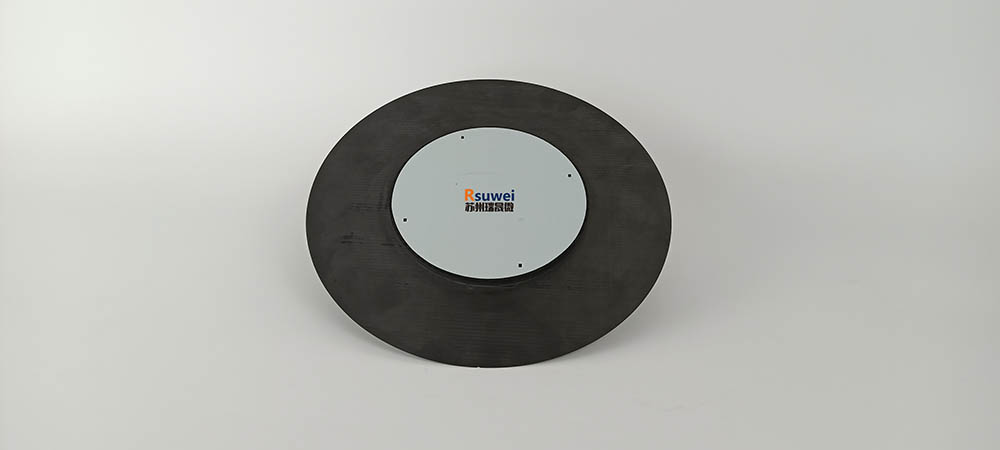A Guide to Auto Multi-Sensor System (AMS)

A Guide to Auto Multi-Sensor Systems in Semiconductor Manufacturing
In semiconductor manufacturing, the integrity of wafers during transfer is critical to maintaining the high quality of integrated circuits (ICs). The use of auto multi-sensor systems in vibration testing plays a crucial role in ensuring this integrity.
1. Types of Sensors Used:
- Accelerometers:These sensors measure the acceleration forces that may cause vibration. In wafer transfer systems, accelerometers are often placed at various points on the transfer mechanism to detect any sudden movements or vibrations that could harm the wafer.
- Gyroscopes:These sensors detect rotational movement and help monitor angular displacement, which is crucial in assessing how the wafer is oriented and if it’s being handled properly.
- Strain Gauges:These measure the strain on the wafer or transfer components, detecting any deformation that could indicate harmful levels of vibration or pressure.
- Laser Vibrometers:These are used for non-contact vibration measurements, providing high-precision data on surface vibrations without physically touching the wafer, which is ideal for sensitive environments.
2. How Sensors Are Integrated:
- Placement:Sensors are strategically placed on the wafer transfer arms, handling robots, and sometimes even on the wafer carriers themselves. Placement depends on the specific areas where vibrations are most likely to occur.
- Data Collection:The sensors continuously collect data during the wafer transfer process. In an automated system, this data is streamed to a central control unit that monitors the vibrations in real-time.
- Real-Time Monitoring:Real-time monitoring allows immediate detection of any deviations from expected vibration levels. If the system detects vibrations that exceed a predefined threshold, it can trigger alarms, slow down the transfer speed, or even halt the process to prevent damage.
3. Data Analysis and Feedback Loops:
- Vibration Analysis:The collected data is analyzed using advanced algorithms to assess the severity and impact of the vibrations. This analysis can be conducted on-site or transmitted to cloud-based systems for further processing.
- Predictive Maintenance:By analyzing vibration patterns over time, the system can predict when a transfer mechanism might need maintenance or replacement, reducing downtime and preventing potential wafer damage.
- Feedback Adjustments:The system can automatically adjust the transfer parameters, such as speed, acceleration, and deceleration, based on the vibration data. For example, if excessive vibrations are detected, the system may slow down the transfer to protect the wafer.
4. Applications in the Manufacturing Process:
- Lithography:During lithography, wafers must be precisely positioned and transferred without any vibrations that could affect the accuracy of the pattern being etched onto the wafer.
- Chemical Vapor Deposition (CVD):Vibration-free transfers are critical when moving wafers into deposition chambers, where even slight disturbances can affect the uniformity of the deposited layer.
- Wafer Inspection:Post-process inspections often involve delicate transfers to ensure that the wafer has not been damaged during previous stages, and vibration sensors are key to maintaining wafer integrity.
5. Benefits of Auto Multi-Sensor Systems:
- Increased Yield:By minimizing wafer damage during transfer, manufacturers can increase the overall yield of functional ICs from each wafer.
- Quality Control:Ensures that every wafer meets the stringent quality requirements necessary for high-performance electronic devices.
- Process Optimization:Provides data that can be used to optimize transfer processes, reducing cycle times while maintaining or improving wafer quality.
- Reduced Downtime:Predictive maintenance enabled by continuous monitoring helps in reducing unplanned downtime, improving overall manufacturing efficiency.
Auto multi-sensor systems for wafer transfer vibration tests are essential in modern semiconductor manufacturing. They help in protecting wafers from the subtle yet damaging effects of vibrations, ensuring that each wafer can be processed without defects, thereby maintaining the high standards required in IC production.
Contact Us
Send us an inquiry! We will reply within 24 hours!
FAQ
Yes. Define each length of L1, L2, L3 ( Mainly consider the length that TC-wafer placed in the chamber)
Yes. We provide flexible customization service to meet our client’s needs.
Not really the same. The temperature in process should be consider when choosing the correct item. For example, TC-wafer can test within 1200℃, but On Wafer system can only test under 100℃.

